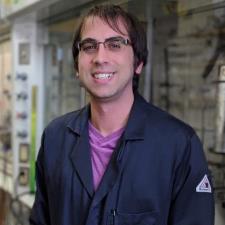Hello!
This is a really good question to ask and is important for context for those who are more visual learners. I'll start with the techniques used first before moving into what we actually look like!
Generally the first thing is there has been a lot of work to determine the mechanisms of action. A good way to think of this is we have a really tiny engine, and we're trying to determine how it works by breaking pieces of it and seeing what happens. Or replacing pieces and seeing what happens. Through years of research like this we have a pretty good idea of how or why a lot of what is happening inside the cell occurs. The way we visualize the sample is using what's called protein crystallography. This simply means we take the protein we're interested in and grow small crystals of them, sort of like making a complicated thing of rock candy. These we can take specialized X-ray scans of and determine the actual 3-D structure of a protein.
This field has been immensely helpful for us to understand how pieces fit together inside a cell. Using a mixture of crystallography and computer simulations people have started to piece together what is going on inside a cell. Describing this is impossible, and why your teacher skipped over it. I've linked a number of youtube videos below. These will give you a feeling for what is going on inside a cell and how it looks.
https://www.youtube.com/watch?v=wJyUtbn0O5Y
https://www.youtube.com/watch?v=X_tYrnv_o6A
https://www.youtube.com/watch?v=fpHaxzroYxg
https://www.youtube.com/watch?v=DfB8vQokr0Q
If you have questions or want these explained in greater detail please let me know!
CJ






